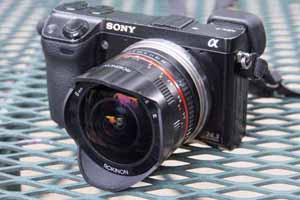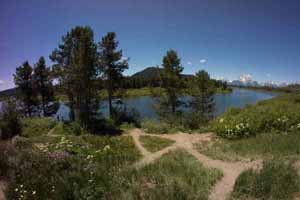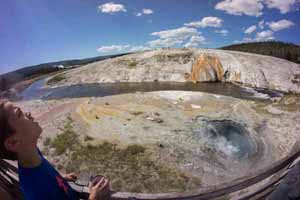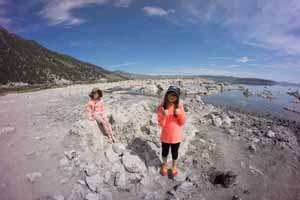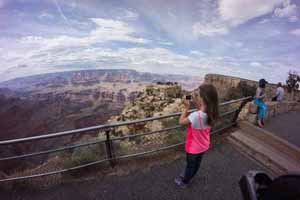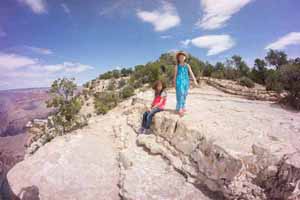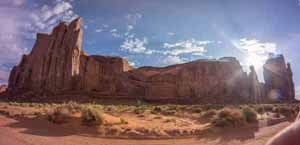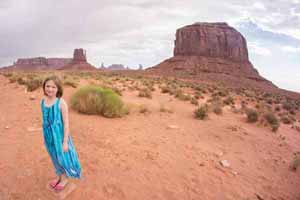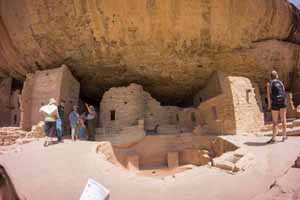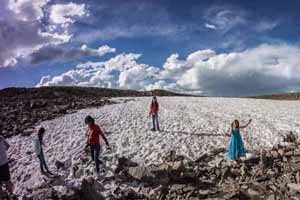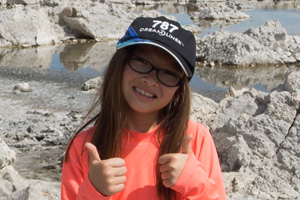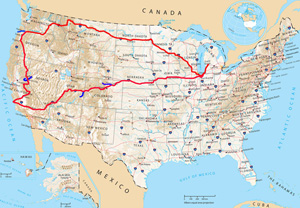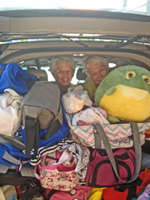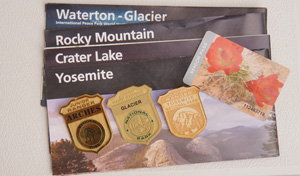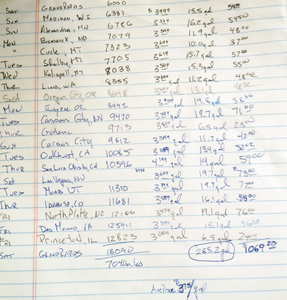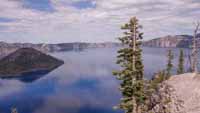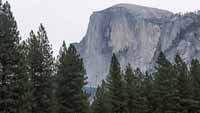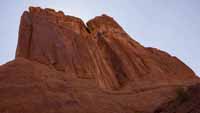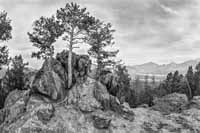Online Magazine
Recent Posts
- Safeguard your Cellphone Photos
- Black & White to Color – Instantly
- Wearing Many Hats
- Video Roundup
- Rescuing Your Blurry Pictures
- Showing Their Age
- What is Your Angle?
- Panorama Photos
- Humorous Photos
- Close Ups
- Fisheye Pictures
- Photo Antiquities
- Printing Big
- Appreciating Scale
- Celebrity Sightings
Tags
More Places to Go
- Free "How-To" Books “How To” books for popular cameras 0
- Vist Us on Facebook keep in touch with us on Facebook 2
Archives
- July 2023 (1)
- March 2023 (2)
- February 2023 (1)
- December 2022 (1)
- October 2022 (1)
- September 2022 (8)
- August 2022 (9)
- July 2022 (1)
- June 2022 (1)
- June 2021 (1)
- May 2021 (1)
- March 2021 (5)
- February 2021 (4)
- January 2021 (2)
- April 2019 (1)
- March 2019 (1)
- February 2019 (1)
- October 2018 (2)
- April 2018 (1)
- March 2018 (4)
- February 2018 (1)
- November 2017 (1)
- August 2017 (1)
- June 2017 (1)
- April 2017 (1)
- March 2017 (5)
- February 2017 (2)
- January 2017 (1)
- October 2016 (1)
- September 2016 (1)
- August 2016 (1)
- July 2016 (1)
- May 2016 (1)
- April 2016 (1)
- March 2016 (2)
- February 2016 (1)
- January 2016 (2)
- December 2015 (1)
- November 2015 (1)
- October 2015 (3)
- April 2015 (1)
- March 2015 (5)
- February 2015 (1)
- January 2015 (4)
- December 2014 (2)
- November 2014 (5)
- October 2014 (2)
- September 2014 (1)
- August 2014 (2)
- July 2014 (1)
- May 2014 (1)
- April 2014 (5)
- March 2014 (5)
- December 2013 (2)
- November 2013 (18)
- October 2013 (1)
- September 2013 (1)
- August 2013 (1)
- July 2013 (1)
- June 2013 (3)
- May 2013 (1)
- April 2013 (2)
- March 2013 (1)
- February 2013 (1)
- January 2013 (1)
- December 2012 (1)
- November 2012 (2)
- October 2012 (2)
- September 2012 (5)
- August 2012 (2)
- July 2012 (1)
- June 2012 (1)
- May 2012 (1)
- April 2012 (4)
- March 2012 (1)
- February 2012 (1)
- January 2012 (3)
- December 2011 (1)
- November 2011 (3)
- October 2011 (1)
- September 2011 (2)
- August 2011 (2)
- June 2011 (3)
- May 2011 (4)
- April 2011 (8)
- March 2011 (8)
- February 2011 (10)
- January 2011 (6)
- December 2010 (11)
- November 2010 (14)
- October 2010 (6)
- September 2010 (12)
- August 2010 (2)
- July 2010 (4)
- June 2010 (3)
- May 2010 (1)
- April 2010 (1)
- March 2010 (2)
- February 2010 (1)
- January 2010 (1)
- December 2009 (1)
- November 2009 (2)
- October 2009 (2)
- September 2009 (1)
- August 2009 (3)
- July 2009 (2)
- June 2009 (1)
- May 2009 (2)
- April 2009 (1)
- March 2009 (2)
- February 2009 (1)
- January 2009 (3)
What a View
27th August 2014
Wide Angle to the Extreme
It’s eye-catching when I see a photo that “bends” the horizon.
This bend comes from the camera’s lens. Use a very wide angle lens and you’ll see the curved “barrel” distortion on the images. One well-known type of wide angle lenses is the fisheye. These lenses typically have a field of view approaching 180 degrees – allowing you to capture the entire scene in front of the camera.
Until recently, fisheye lenses were expensive. I have one that cost well over $1500. But when I was looking for an ultra-wide angle for my Sony equipment, I found an inexpensive lens made by Rokinon. With its $300 price tag, I was a little skeptical of the quality of images from such a low cost lens but decided to try it regardless.
Here’s a short gallery of some of the scenes that I captured during my first outing with the lens a few weeks ago.
After my short time with this lens, I am no longer skeptical of it’s quality. The images are tack sharp with very good color reproduction. If you’re on the lookout for an ultra-wide, include this lens in your search.
The Rokinon 8mm f/2.8 fisheye is also available for other camera models as well: Fuji, Samsung and Canon M mount. Other similar versions with a maximum f/3.5 aperture are available for Canon, Nikon, Sony A mount, Pentax and Olympus 4/3.
Written by: Arnie Lee
Roadtrip and the Statistics
04th August 2013
We just returned home after spending the last several weeks on the road. This was our annual summer vacation and as is customary, this outing was another cross-country road trip.
Of course, these boring statistics hide the real roadtrip.
Our vacation was not only about spending time together in the vehicle (we clocked roughly 140 hours driving) as we visited with family in Oregon City and Reno (which are 530 miles apart). Reno is nearby our favorite Lake Tahoe (an easy 50 mile drive) where we spent 2 days swimming its crystal clear waters (albeit a little chilly at 65 degrees). Also in Reno we invested a cool $120 at the arcade in Circus Circus to bring home 27 stuffed animals – what a deal! In Yosemite we hiked the Merced Grove trail to pay our respect to the 2000+ year old Sequoias that reach more than 250 ft towards the heavens. A two-day jaunt to Moro Bay on the Pacific coast gave the grandkids the opportunity to collect rocks and sea shells (120 of them weighing twelve pounds). Then onto a family reunion (would you believe 90+ relatives) in Las Vegas. Believe me when I say that July is not most opportune time to be in Las Vegas (the temperature was 106 degrees). As if the heat there wasn’t enough, we stopped at a hot springs in Colorado to bask in its healthy but soothing waters (104-degree pool). And in a moment of driving indecision we backtracked (more than 200 miles) to visit our last National Park. There we climbed the tundra at the top of Trail Ridge Pass which is 11,800 ft above sea level. Anxious to get home, we made the final leg home from Sterling, CO to Grand Rapids (1050 miles in 17 hours).
While I’d like to share the other 1494 photos with you, these will have to wait for another article.
Roadtrip! There’s still several more weeks to enjoy the summer vacations. I hope you can get out there to enjoy our fabulous country. Did I hear roadtrip?
Written by Arnie Lee
Fun Tip # 1
15th September 2010
This is the first “Fun Tip” that I’ve written. It has no purpose whatsoever except that it’s a fun thing to do.
« Older Posts

